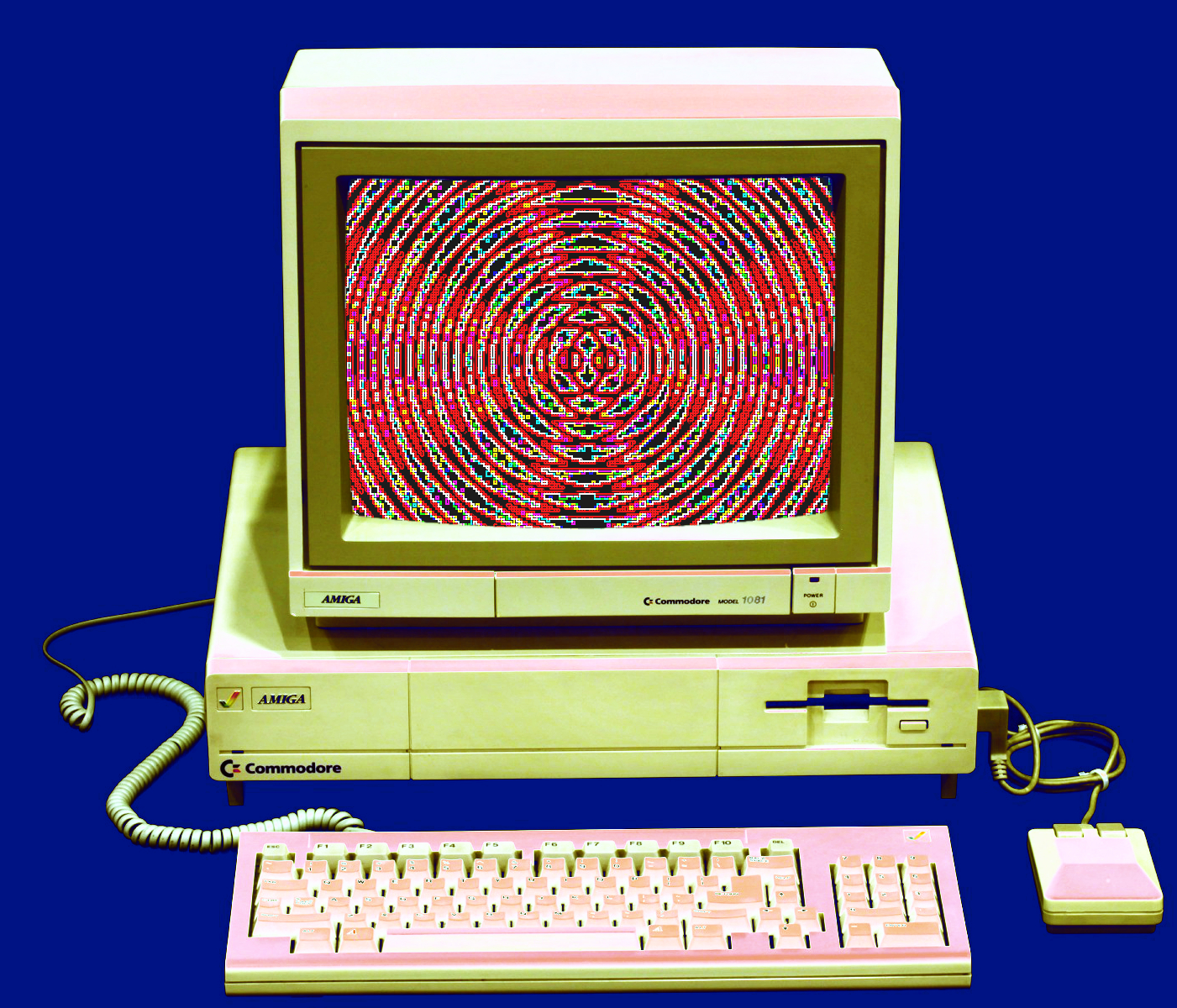Quantum coherence extended
 Australian researchers have assisted what could be a major quantum computing advance.
Australian researchers have assisted what could be a major quantum computing advance.
Researchers from the Universities of Melbourne and Manchester have developed a technique to create highly purified silicon, an essential step towards the creation of scalable and accurate quantum computers.
This advancement, published in the Nature journal Communication Materials, involves the implantation of phosphorous atom qubits into crystals of stable silicon, a method that could crucially extend the operational time of quantum coherence.
“With robust coherence provided by our new technique, quantum computers could solve in hours or minutes some problems that would take conventional or 'classical' computers - even supercomputers - centuries,” says Professor David Jamieson, from the University of Melbourne.
The need for ultra-pure silicon stems from the inherent sensitivity of quantum bits, or qubits, to environmental changes like temperature fluctuations.
Current quantum computers, even in environments as controlled as refrigerators near absolute zero, manage to maintain error-free coherence for only a fraction of a second.
The new technique promises to extend this duration significantly by minimising the presence of silicon-29, an isotope that disrupts quantum coherence.
“What we’ve been able to do is effectively create a critical ‘brick’ needed to construct a silicon-based quantum computer,” says Professor Richard Curry from the University of Manchester.
The technique uses an ion implanter, a standard machine in semiconductor fabrication labs, tuned to a specific configuration to enrich silicon chips with silicon-28, dramatically reducing the presence of silicon-29.
Ravi Acharya, the lead author of the study and a Cookson Scholar jointly at the Universities of Manchester and Melbourne, highlighted the compatibility of this new silicon with existing computer technologies.
“Electronic chips currently within an everyday computer consist of billions of transistors — these can also be used to create qubits for silicon-based quantum devices,” Acharya said.
The implications of this research are broad, with potential impacts on fields like artificial intelligence, secure data and communications, and drug design.
The technique not only paves the way for more reliable quantum calculations but also capitalises on the abundance and versatility of silicon, a material predominantly derived from beach sand and a staple in the information technology industry.
Professor Jamieson also noted the sustainability of this innovation, stressing that while others explore alternative materials, silicon remains the most promising option for enduring quantum coherence.
This new development not only sets a new standard in the purity of silicon necessary for quantum computing but also positions the team for further advancements in sustaining quantum coherence across multiple qubits simultaneously.







 Print
Print